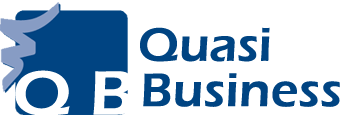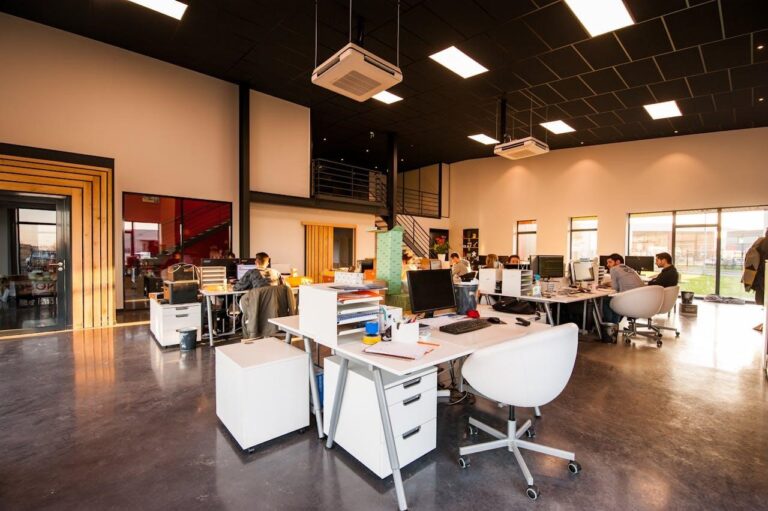Presentations that aim to educate or instruct receive a warmer reception when audiences feel directly involved. Listeners are more likely to have a positive experience when they feel valued and when presenters take the time to listen to their thoughts and feedback. Furthermore, it’s more likely that audience members will retain information if they know they’ll be expected to participate.
There are perks to engaging your audience for presenters, too. Doing so will give you a real-time read on the room, helping you re-craft talking points on-the-go — a valuable tool you just don’t have if the audience sits in silence. Getting audience feedback will also momentarily take the pressure from you, the speaker, offering time for you to breathe and regroup.
So how can you effectively engage your audience during a presentation?
Take Your Time
Instead of asking questions and forcing audience participation in the first five minutes, take your time to gain your listeners’ trust and give them something to engage with.
If you’re unsure exactly how to time your presentation, including when to connect with your audience, consider partnering with a PowerPoint designer. A specialist team can help you craft an engaging and persuasive PowerPoint presentation and impart the skills, expertise, and best practices to navigate it flawlessly. Professional design agencies can also share practical techniques to improve your timelines, pacing and storytelling ability.
Start Small
Don’t make your first connection point with your audience one where individual viewers must stand up and ask questions. Instead, build audience interaction by beginning with a ‘hands up if …’ exercise. This breaks the ice and gets people to start interacting without singling out one person.
Use Technology
Incorporate a poll or some trivia questions into your presentation. Then encourage attendees to participate through their phones, laptops, or tablets. Allowing listeners to participate anonymously lets them build their confidence, enabling them to connect with the presentation while boosting their knowledge of the subject matter.
Facilitate a Breakout Session
If the location or delivery mode permits, break your audience into small teams with a common goal or mission to help audience members learn from the experience further. Provide breakaway(or breakout) groups with a question or a task that will tie back to the next set of slides in your talk.
Allow Questions Throughout
Sometimes, it’s beneficial to have multiple question-and-answer opportunities throughout the talk (scheduled at the end of sets of slides) instead of one extensive Q&A section at the very end of the presentation. Allowing input throughout the presentation may keep audience members engaged while allowing the presenter to read the room.
Some apps allow questions to be submitted while the presentation is in progress, allowing you to pick questions without disturbing the flow of the talk.
Give Clear Instructions
If you’re asking your audience members to participate, in whatever capacity, make sure your instructions are clear and concise and that any technology that might be used has been trialed in advance. Any ambiguity may leave listeners confused or reluctant to participate.
Takeaway
In some instances, audience participation can cause a presentation to veer off course. This can happen due to lengthy or rambling comments from attendees or not knowing how to reply to specific queries or feedback. So before you implement audience participation, do a trial run with a test group to iron out any hiccups and to prepare for all eventualities.

















